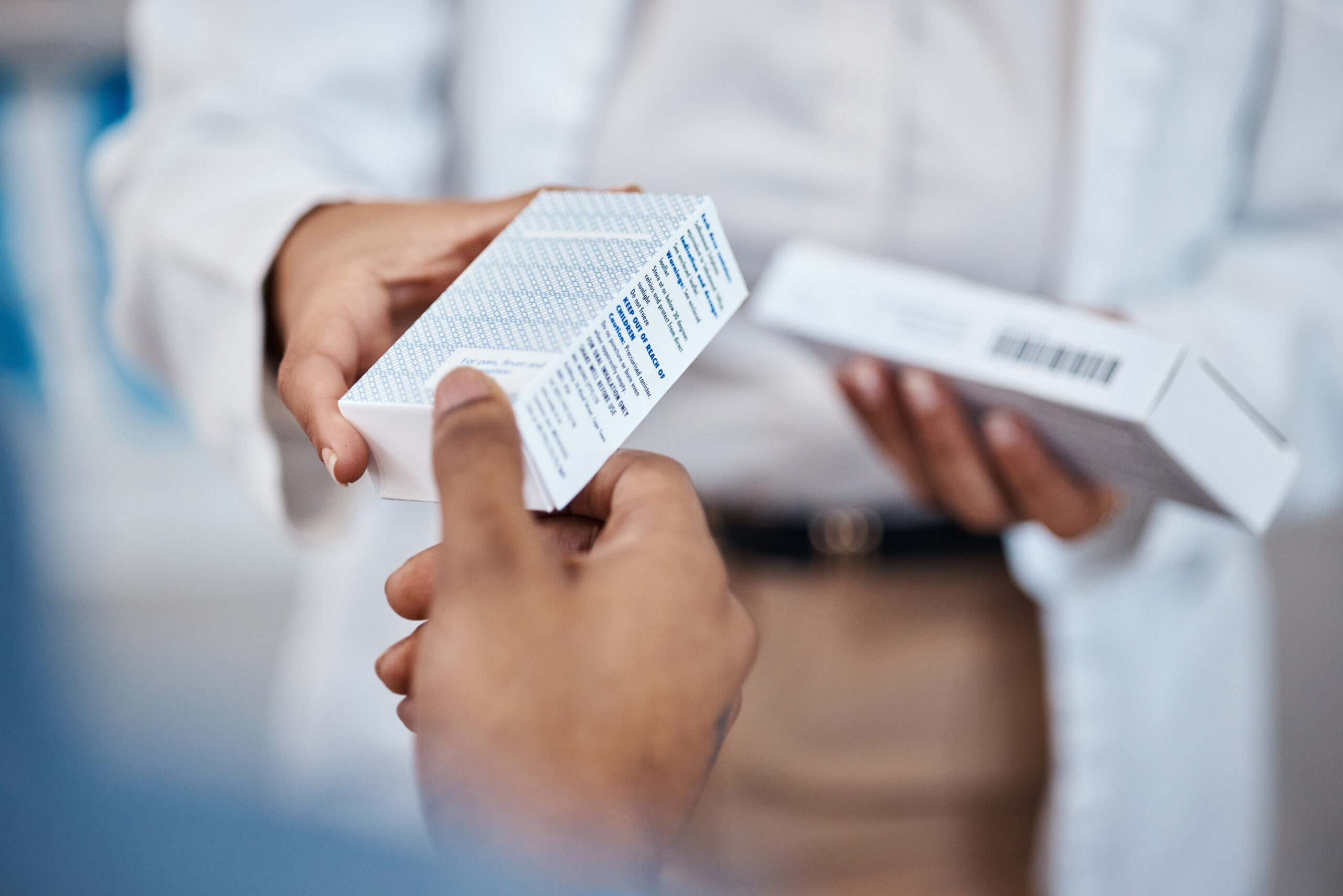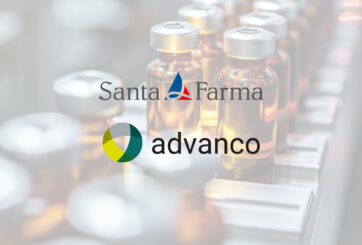Fake medicines, will they ever die a death?
The problem of fake medicines shows no signs of abating, and it is one which continues to claim thousands of lives every year.

It is a topic that advanco often writes about – for a very good reason. The issue of forged medicines is one that threatens the very integrity of the pharmaceutical sector. It is important that we revisit the subject regularly to keep the spotlight shining on it, and ensure we highlight what needs to be done to stamp it out.
Everyone working in the realms of pharmaceutical technology is on the frontline when it comes to the battle against the forgers. More specifically, pharma serialization solutions, and track-and-trace technology, have become firmly established as vital in the never-ending fight against counterfeit medicines. Therefore, let’s look at the latest statistics when it comes to fake medicines, and examine how we can press on with controlling these figures.
The latest, concerning, statistics.
The latest available figures from the Pharmaceutical Security Institute show that the number of counterfeit medicines is on the rise.
They reveal that nearly 6,000 pharmaceutical crime incidents were recorded in 2021, up 38 percent from the year before and are at the highest amount since records began 20 years ago.
The greatest number was recorded in North America (2,442) followed by the Asia Pacific (1,747), Latin America (770), the Near East (705), Eurasia (646), Europe (374) and Africa (187). This order is largely due to how well countries in these regions are effectively identifying pharmaceutical crime through law enforcement activity and inspections by drug regulatory agencies.
According to the World Health Organization, roughly 10 percent of medical products circulating in low- and middle-income countries are substandard or falsified. In sub-Saharan African nations, this share is believed to be even higher, rising closer to 19-50 percent. With this in mind, the actual number of incidents of fake pharmaceuticals being manufactured and distributed is likely far higher, considering the many cases where fake drugs have not been detected or reported.
Indeed, nearly half a million people are estimated to be killed by counterfeit medicines in sub-Saharan Africa every year, according to data from the United Nations Office on Drugs and Crime. Of these, 267,000 deaths are believed to be linked to falsified or substandard antimalarial medicines, while a further 169,271 are linked to falsified or substandard antibiotics for severe pneumonia in children.
Why are forged medicines an attractive proposition?
There are many reasons why criminals are looking at fake medicines as a way of illegally earning money.
One reason is the rise in online pharmacies. Unlike a physical store, drugs brought via the internet provide no physical shop to return to, and nowhere for disgruntled consumers to take the matter further. It is much easier for perpetrators to lurk undetected in cyberspace, sending out their dangerous products from an unidentified location.
While we absolutely are not criticizing most regulated, legal online pharmacies, the fact is that the modus operandi does provide criminals with the means to distribute their goods.
It is also incredibly hard to spot forgeries. The only real way to know if a drug is counterfeit is through chemical analysis done in a laboratory. Sometimes, counterfeit drugs differ in size, shape, or colour, or are sold in poor-quality packaging, but they often appear identical to the real thing, which makes them especially dangerous.
Add to this the fact that those consuming the drugs are often in poor health, with their faculties much reduced, making it even easier to pass the fake products off as the real thing.
What is the answer?
The key to controlling the number of forged drugs in the world is regulation – which we are thankfully seeing.
More countries are realizing the importance of regulating their pharmaceutical production process, and much like a snowball effect, momentum is gathering. With the EU Falsified Medicines Directive (FMD) coming into effect in February 2019 and the US introducing legislation in November 2017, as part of the Drug Supply Chain Security Act (DSCSA), it’s expected that more than 75% of global medicines were covered by some form of track and trace regulations by 2019.
The growth of serialization continues. Most recently, traceability legislation has been mandated in the Middle East and North Africa (MENA) to combat the growing problem of counterfeit medicines. If MENA’s pharmaceutical companies fail to achieve compliance, they face being fined, or even getting barred from product launches which could potentially lead to significant business and financial implications.
Regulation, however, isn’t the only solution.
Advanco has long argued that opening the supply chain, improving ESG efforts and implementing much tighter industry standards are key in this ongoing battle against medicine forgers.
However, even with all these actions, the depressing reality is that forged medicines will always be produced somewhere in the world. However, by constantly pushing the realms of technology and innovation, we will be in the best possible position to fight – and one day win – this battle against the forgers.
VIEW THE ORIGINAL ARTICLE HERE



